Korean-Chinese Cultural Center (한중문화관)
8.3Km 2021-02-26
238, Jemullyang-ro, Jung-gu, Incheon
+82-32-760-7860
The Korean-Chinese Cultural Center, located within Incheon Chinatown, was built to facilitate mutual understanding between Korea and China by learning more on each other's culture, history, economy and society. Diverse performances are available, along with special exhibitions, and Chinese cultural lectures. The Chinese cultural experience corner and reading room on Korean-Chinese history & culture are put in place for visitors to enjoy while learning. In addition, on the weekends, Chinese language classes for Koreans, Korean language classes for foreigners, free movie screenings, and other exhibits are also available.
Paradise City Cimer (파라다이스시티 씨메르)
8.3Km 2025-10-23
186 Yeongjonghaeannam-ro 321beon-gil, Jung-gu, Incheon
Paradise City Cimer on Yeongjongdo Island, Jung-gu, Incheon, opened in September 2018. The word 'Cimer' combines the French words 'ciel' and 'mer,' meaning the sky and the sea, respectively. The facility spans an area of approx. 13,000 square meters and can accommodate approx. up to 2,000 people. The luxurious and trendy Aqua Spa Zone features dynamic LED media art and unique pool parties with differentiated concepts, as well as swimming pools.
Paradise City Wonderbox (파라다이스시티 원더박스)
8.3Km 2025-10-28
186 Yeongjonghaeannam-ro 321beon-gil, Jung-gu, Incheon
It is a theme park filled with the pleasant excitement of an amusement park at night. All the photos look great thanks to the fancy lighting and colorful interiors. You can also enjoy thrilling attractions such as Megamix and Giant Slide. Another advantage is that it can be used regardless of the weather or season because it is indoors.
The Spa at Paradise (더 스파 앳 파라다이스)
8.3Km 2025-10-23
186 Yeongjonghaeannam-ro 321beon-gil, Jung-gu, Incheon
The Spa at Paradise offers a 'healing journey' where you can rest peacefully away from your daily routine. Western and Eastern traditional therapies are combined with a modern touch to promote beauty and health. Turn back time at The Spa at Paradise, which offers the Age Reverse Facial Treatment that makes you look younger; the Time Reverse Body Treatment that turns back time; and Paradise Journey, where you can truly experience 'paradise'.
Taehwawon (태화원)
8.3Km 2024-12-02
10 Chinatown-ro 59beon-gil, Jung-gu, Incheon
Now in its third generation, this Korean-Chinese restaurant, established in 1926, is one of the earliest in Incheon Chinatown and is renowned for preserving traditional flavors. Its signature Incheon Hyangto Jjajang (Incheon-style black bean sauce noodles) is crafted with the restaurant's own chunjang and seasonal ingredients, offering a richer, deeper taste than jjajangmyeon made with store-bought sauce. The restaurant also offers a vegetarian menu.
Hanjungwon (한중원)
8.3Km 2024-01-04
12 Chinatown-ro 59beon-gil, Jung-gu, Incheon
Hanjungwon is a Chinese-style garden built to commemorate the establishment of diplomatic relations between Korea and China, making it a great place to rest after looking around Chinatown. It was created with the motif of the garden style of the Suzhou region in the mid and late Qing Dynasty. Plants native to China are planted, such as bamboo, roses, and peonies, giving it an exotic atmosphere. There are human figures wearing traditional Chinese costumes on both sides of the entrance, making it a famous photo zone.
Uniqlo - Incheon Hang-dong Branch [Tax Refund Shop] (유니클로 인천항동)
8.3Km 2024-04-17
1F, 3, Sinpo-ro, Jung-gu, Incheon
-
Cafe Cha Chinatown Branch (카페 차 차이나타운점)
8.3Km 2024-01-04
20 Chinatown-ro 59beon-gil, Jung-gu, Incheon
This is the Chinatown branch of Cafe Cha, famous for its Dalgona Milk Tea in Seongsu-dong. In addition to the representative menu items, Dalgona Milk Tea and Dalgona Coffee, the café also offers signature blended teas with pretty names such as Dasichaeum (one more fill), Hyanggiroum (fragrant), Neogeureoum (merciful), and Singgeureoum (refreshing). It also has a variety of dessert menus, with the most popular dessert being Dalgona Butter Salt Bread. The café has a large parking lot, and customers can use it for 90 minutes free of charge.
Incheon Chinatown (인천 차이나타운)
8.3Km 2025-10-23
20 Chinatown-ro 59beon-gil, Jung-gu, Incheon
Incheon's Chinatown came into being with the opening of Incheon Port in 1883 and Incheon's designation as an extraterritoriality of the Ching dynasty in the following year. In the past, the area held many stores trading goods imported from China, but currently most Chinese businesses in the area are restaurants. Today, the residents of Chinatown are mostly 2nd or 3rd generation Chinese, descendents of the early Chinese settlers. The area harbors many of the flavors of China, while the traditional culture of the first generation is preserved.
Diaspora Film Festival (제13회 디아스포라영화제)
8.3Km 2025-03-31
3 Jemullyang-ro 218beon-gil, Jung-gu, Incheon
+82-32-435-7172
Inspired from the how the Jews kept their cultural identity during the diaspora, the annual Diaspora Film Festival takes place in Incheon to shed light on the 1st generation Korean immigrants to Hawaii in 1902 from Incheon Port. In addition to highlighting the city's historical significance, the festival aims to stand against all kinds of prejudice and discrimination, advocate for minority groups, and support diversity and acceptance. It also focuses on a wide range of topics related to diaspora, exploring the social problems related to immigration and immigrants.
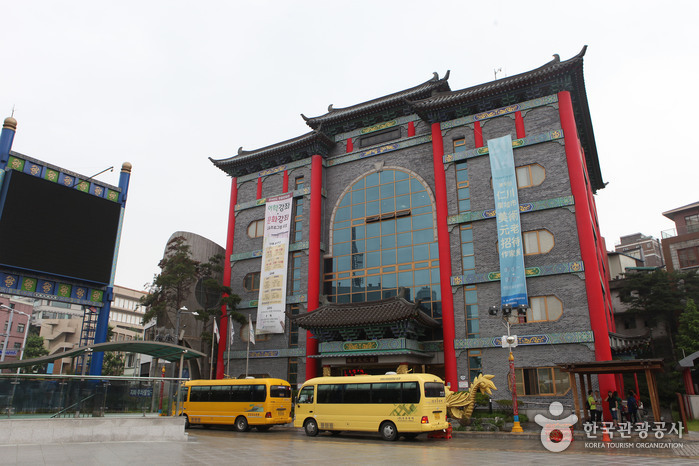
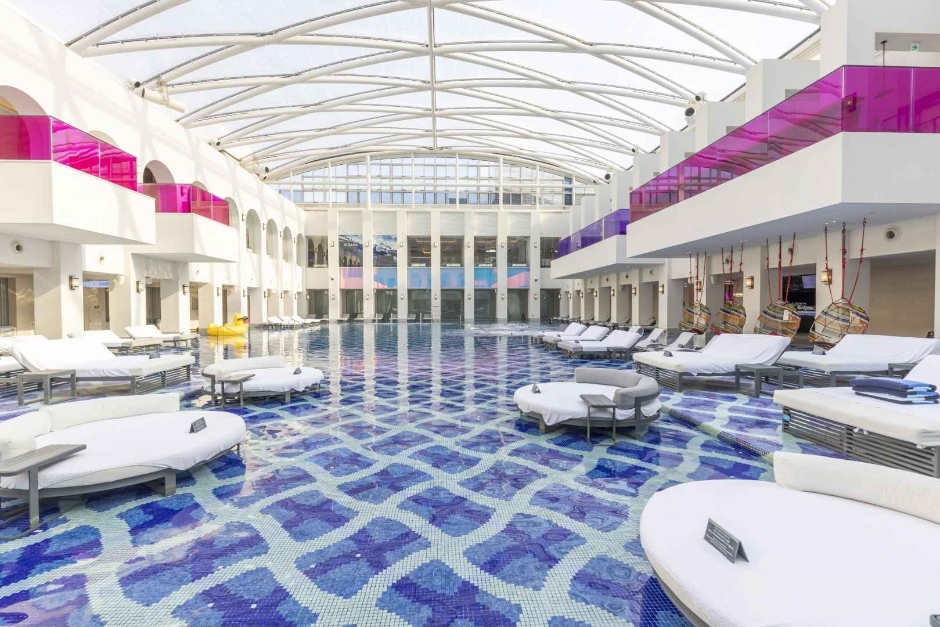
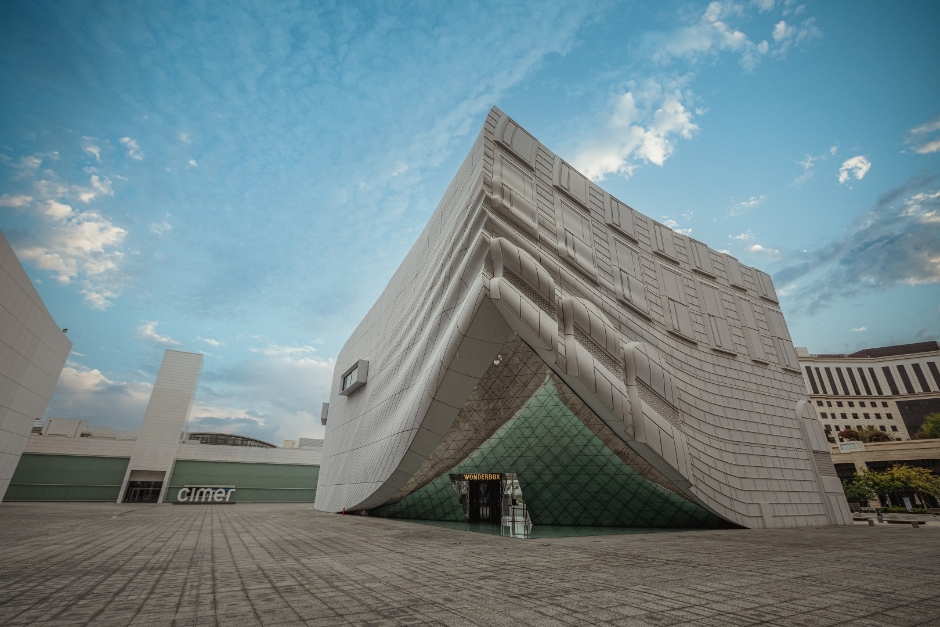

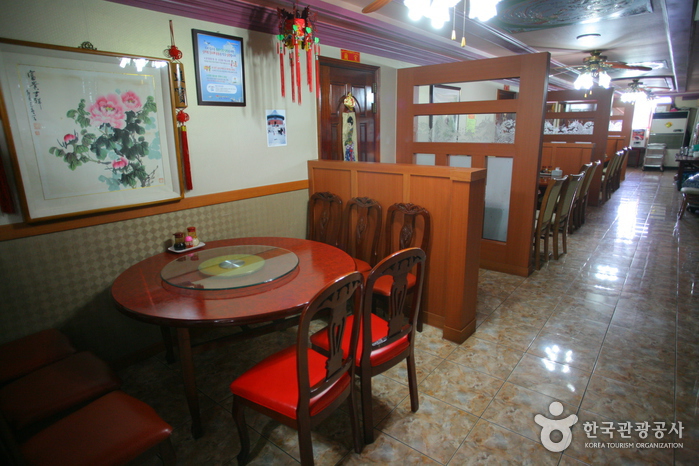
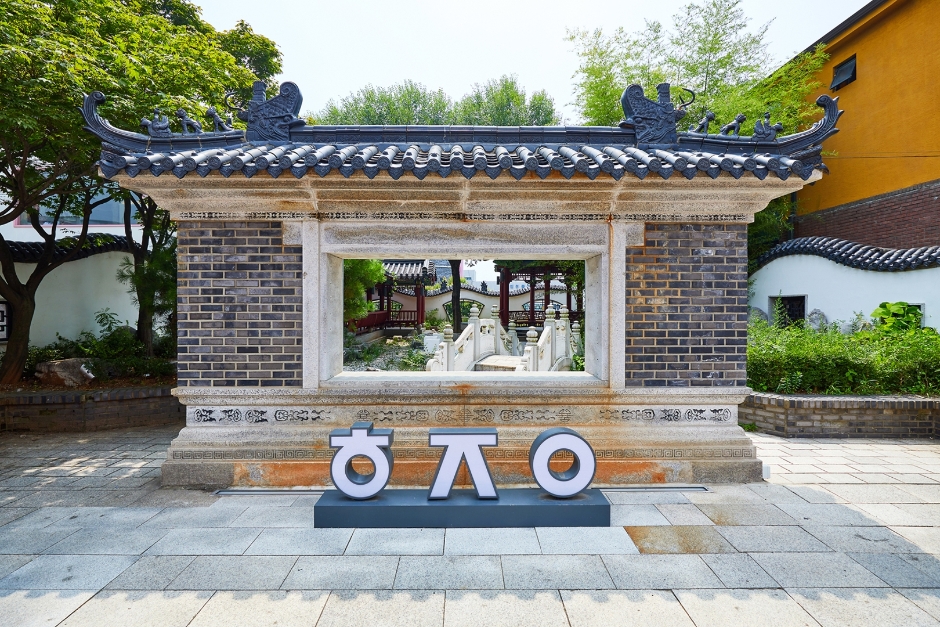
![Uniqlo - Incheon Hang-dong Branch [Tax Refund Shop] (유니클로 인천항동)](http://tong.visitkorea.or.kr/cms/resource/64/2882764_image2_1.jpg)
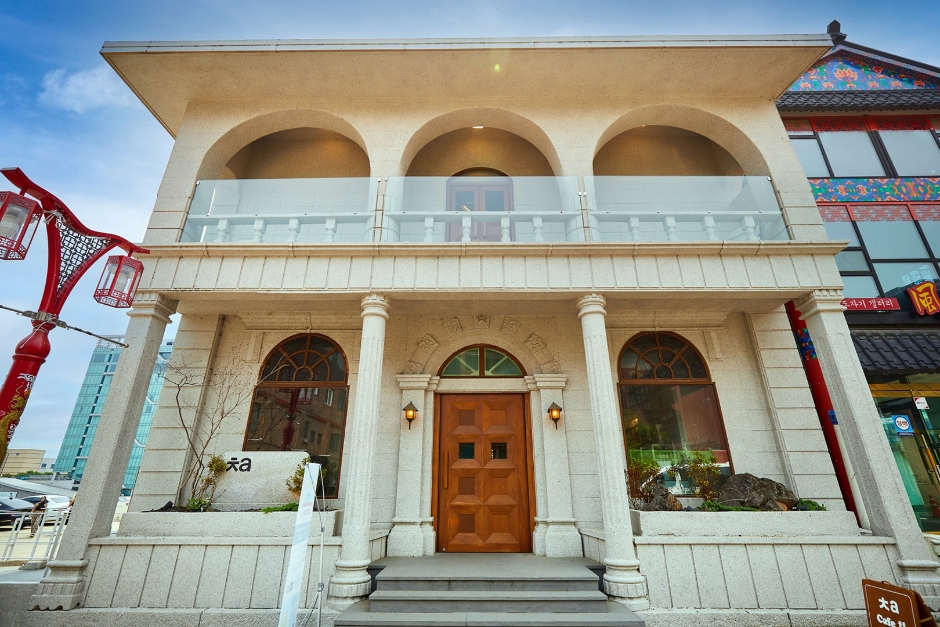

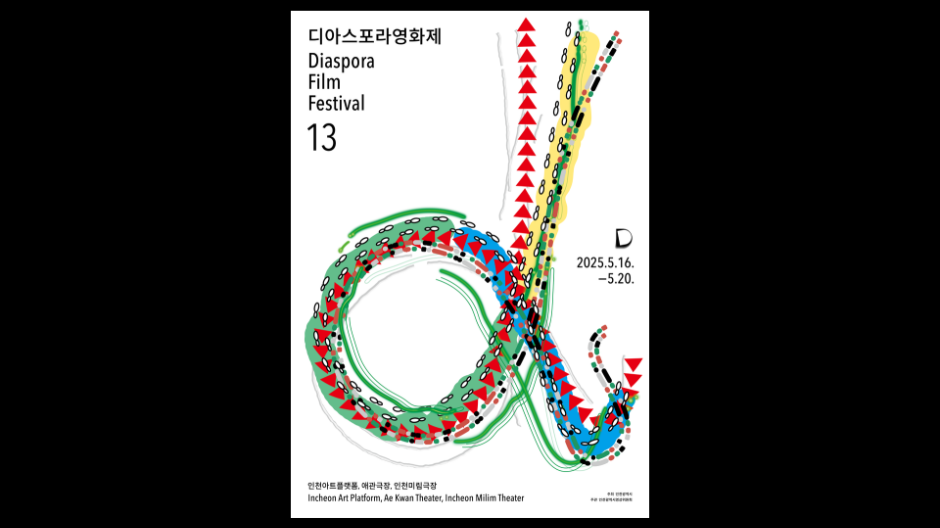
 English
English
 한국어
한국어 日本語
日本語 中文(简体)
中文(简体) Deutsch
Deutsch Français
Français Español
Español Русский
Русский